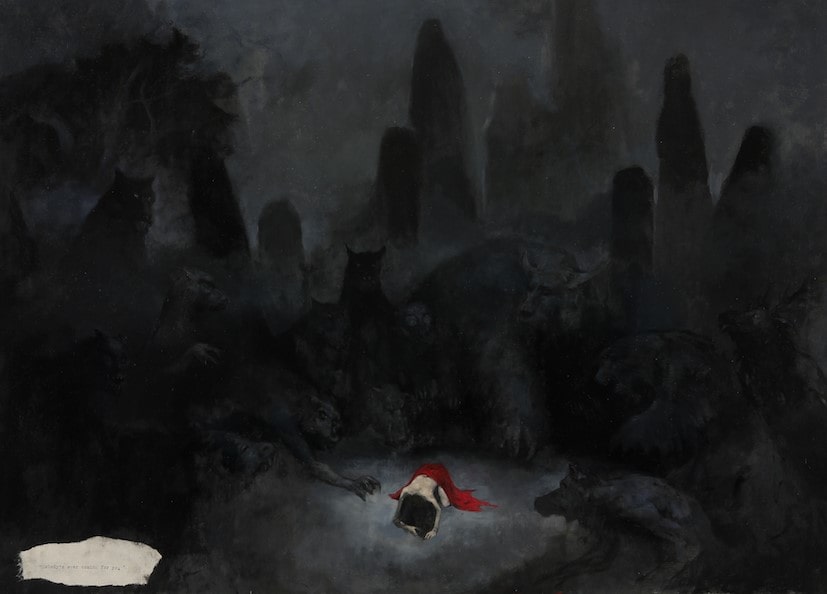Can you trust a paranoid schizophrenic to tell a real ghost story?
Published in 2012, this weird gothic horror story by the Irish-born American writer Caitlín R. Kiernan is a psychological labyrinth that starts of slow, but completely mesmerizes you by the time you get to the really weird stuff, somewhere halfway in. Kiernan manages to vividly and convincingly sketch the inner life of someone with a mental illness, without any prejudice.
The novel is written as a memoir by India Morgan Phelps, shortened to Imp. She tries to recall the events that happened some time before. How she met and consequently lost her lover Abalyn. What the role is of her meeting a woman called Eva for the first time twice - once in July and once in November - in the break-up. She reminisces on a painting she saw when she was young, called “The Drowning Girl” by the (fictitious) 19th century artist Phillip George Saltonstall. She reflects on her mental illness, on the talks with her psychiatrist and on her mother and grandmother who suffered the same condition, but to a fatal end.
The narrative is not linear, it’s ever changing and difficult to trace, even by the narrator. Imp struggles herself with notions of truth, facts, falsehoods and lies. There are things she remembers as happening, while she also recognizes that they contradict with earlier statements. We read along with her while she tries to grapple with these inconsistencies and her understanding of her own madness.
Different strands of stories, themes and possible hauntings are interwoven throughout the story. It’s about the destructive impression that art can make upon one’s life. About a lost mermaid and a terrible wolf. About infatuation with something that’s both an idea and a person, and the horrible consequences wrought upon its victim. About hereditary predestination and about reckoning with the past. She writes about the lure of death. About a river and the sea.
There are two short-stories, written by the narrator, embedded in this novel that could function just as well on their own. I especially liked the one about Albert Perrault as a sinister (and also fictitious) painter transforming a woman into depraved art.
Go read it. The book is beautiful. And like everything in life, needs to get worse before it gets weird.

Albert Perraults ‘Fecunda Ratis’ as imagined by Michael Zulli